
Everything You Need to Know About Aeonium Succulents Today

Introduction
Aeonium succulents, known for their rosette-shaped foliage and stunning floral displays, are captivating plants that belong to the Crassulaceae family. With their unique forms and varied colors, these succulents have become increasingly popular among plant enthusiasts and gardeners alike. These low-maintenance but stunning plants thrive in a variety of environments, making them an excellent choice for both indoor and outdoor gardens.
In this comprehensive article, we will delve deep into all aspects of Aeonium succulents, from their diverse species and care requirements to propagation techniques and potential challenges. Whether you are a seasoned gardener or a novice plant parent, this article aims to be your #1 resource for thriving Aeonium succulents.
Understanding Aeonium Succulents
Aeonium succulents are primarily native to the Canary Islands, Madeira, and parts of East Africa. They are characterized by their unique growth patterns that often resemble small cabbage heads or cauliflowers. The plants consist of thick, fleshy leaves that can vary in color from green to deep burgundy, making them striking accents in any garden setting. Most species grow upright, with an average height ranging from 1 to 3 feet, although some can grow much taller under optimal conditions.
These succulents are succulent monocarpic, meaning they bloom once and then die. This unique characteristic leads to a spectacular floral show in which the plant produces tall flower spikes laden with tiny yellow flowers. Understanding their growth cycle is crucial for successful cultivation, as this will help you anticipate their needs and ensure optimal flowering conditions.
Aeonium species can be further divided into two main categories: stemmed and stemless species. Stemmed Aeoniums have a clear elongation and typically feature several rosettes at varying heights, while stemless species maintain a low-profile, compact rosette structure. Familiarizing yourself with different species is essential for selecting the right types for your garden, as each has its unique adaptation to specific climates.
Species of Aeonium Succulents
The diversity of Aeonium succulents is one of their most alluring features. Some common species include:
Aeonium arboreum
Aeonium arboreum, commonly known as the tree aeonium, is a popular species characterized by its tall, woody stems and beautiful rosettes. The leaves are a lush green color that can develop reddish edges under bright sunlight. This species can grow up to 4 feet tall, making it a striking addition to any garden. When in bloom, Aeonium arboreum exhibits tall spikes of yellow flowers, typically blooming in spring and summer.
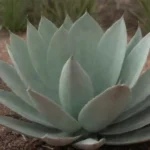 Tips for Growing the Majestic Agave Americana in Your Home
Tips for Growing the Majestic Agave Americana in Your HomeAeonium tabuliforme
Also known as the flat-leaved aeonium, Aeonium tabuliforme is recognized for its distinctive growth form that resembles a flat pancake. This species is smaller, usually guzzling only about 6 inches in height, making it suitable for container gardens or rockeries. Its leaves are thick and compact, forming a circular pattern that can vary from bright green to a deep purple hue.
Aeonium succulentum
The aeonium succulents of this variety are among the most vibrant, showcasing leaves that shift in color based on light availability. With thicker, fleshy leaves and an often compact growth pattern, Aeonium succulentes prefer to maintain a smaller stature, generally reaching 1 to 2 feet in height. Their wide-rosettes bloom beautifully with lemon-yellow flowers, creating a striking contrast against their dark green foliage.
Familiarity with these primary species will help you better appreciate the intricacies of Aeonium succulents and how each can contribute uniquely to your collection. Understanding the variances in their structures will also guide you in selecting the best species that complement one another or stand out individually in your garden design.
Care and Maintenance of Aeonium Succulents
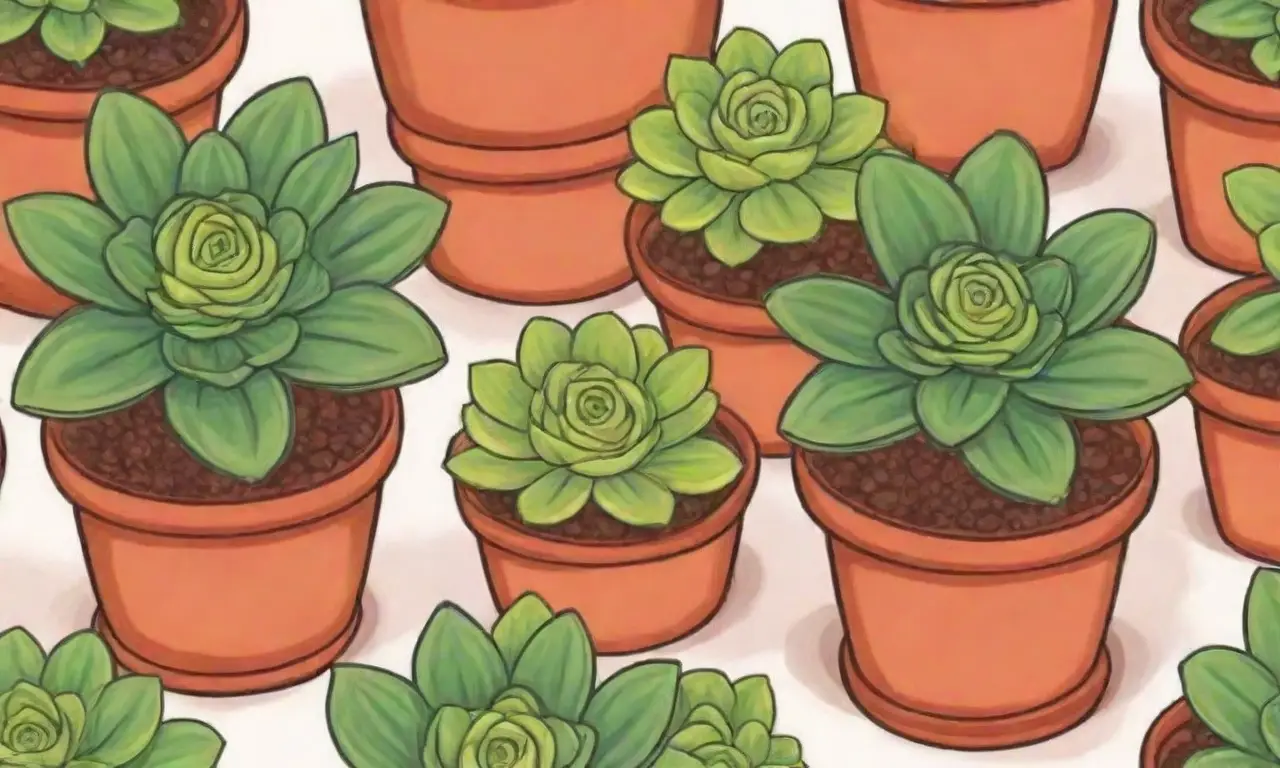
Watering
Caring for Aeonium succulents requires an understanding of their watering needs. These plants are drought-tolerant, and overwatering can lead to root rot, a common issue among succulent owners. The general rule of thumb is to water the plants deeply but infrequently. Water them when the soil is completely dry, particularly during their growing season in spring and summer. Depending on your climate, this may translate to watering every two weeks.
During the dormant winter season, Aeonium succulents require even less watering—typically a monthly dose or less will suffice. It’s essential to monitor humidity levels and avoid watering when frost is expected, as cold temperatures can damage their foliage. Remember, it’s better to underwater than overwater when caring for Aeonium succulents.
Light Requirements
Light is a critical aspect to consider when caring for Aeonium succulents. These plants prefer bright, indirect light, similar to their native environments. Ideally, they should receive around 6 hours of sunlight daily. When grown indoors, placing them by a south or east-facing window is the best option to ensure they receive adequate brightness without direct scorching rays.
 Exploring the Benefits of Growing Potted Succulents Indoors
Exploring the Benefits of Growing Potted Succulents IndoorsOutdoor cultivators should consider partial shade during the hottest parts of the day, as prolonged exposure to intense sunlight can lead to sunburn on the leaves. Conversely, insufficient light can result in stunted growth, elongated stems, and pale foliage, significantly affecting the aesthetics and health of the plants. Adequately balancing light exposure is vital for maintaining the lush, vibrant look that Aeoniums are known for.
Soil Requirements
Soil quality plays an essential role in the health of your Aeonium succulents. Optimal soil should be well-draining, enabling the plant to absorb moisture without becoming waterlogged. A cactus mix is an excellent option, or you can create your custom blend using regular potting soil, sand, and perlite in equal proportions. This blend will provide the necessary drainage while ensuring the roots access essential nutrients.
Additionally, consider repotting your Aeonium every couple of years or when they outgrow their container. During this process, you can check the health of the roots and trim any that appear unhealthy or diseased. Remember, good soil and appropriate pot choice are vital for sustaining healthy growth over time.
Propagation Techniques for Aeonium Succulents
Aeonium succulents are relatively easy to propagate, offering gardeners a chance to expand their collection without purchasing new plants. Here are the most common methods for propagating Aeonium:
Leaf Cuttings
One of the simplest and most effective methods of propagation is through leaf cuttings. To do this, select a healthy leaf from the Aeonium and gently twist it away from the stem, ensuring you have a clean break. Let the leaf callous over in a shaded area for a day or two. After this, place it lying flat on well-draining soil, watering the soil lightly and maintaining a humid environment.
In a few weeks, you'll notice roots developing and, eventually, a new rosette forming at the base of the leaf. This method can be both rewarding and useful, especially for expanding your collection or sharing plants with friends and family.
Offsets
Offsets, or "pups," are new growths that form around the base of mature Aeonium plants. These can be separated from the parent plant once they have established roots and are at least a few inches tall. Gently remove the offset by digging around it, ensuring that you include some roots. Allow the cut surface to callous for a couple of days before planting it in well-draining soil.
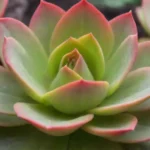 Understanding the Care Requirements for Echeveria Agavoides
Understanding the Care Requirements for Echeveria AgavoidesOffsets tend to root quickly, often leading to faster growth than leaf cuttings, making this a preferred method for many experienced gardeners.
Seeds
While less common, seed propagation can also be an exciting challenge. To propagate Auenium succulents using seeds, take note that some species are challenging to germinate. Collect seeds from the flowers after they have dried out, and then store them in a cool, dry place. Prepare a tray with a mixture of potting soil and sand, plant the seeds lightly, and mist the surface for humidity. Cover them with plastic to keep moisture trapped. Keep them in indirect light and expect germination within a few weeks to a couple of months, depending on the species.
Growing from seeds can be rewarding thanks to the variety of potential shapes and colors. However, patience is essential, as this method is the slowest among the propagation techniques discussed.
Potential Challenges in Growing Aeonium Succulents
Pests and Diseases
Despite their relatively low-maintenance nature, Aeonium succulents can still fall victim to pests like mealybugs, aphids, and spider mites. These pests can affect the health of the plants by sucking sap from the leaves, leading to discoloration and wilting. An integrated approach to pest management combines prevention and treatment methods. Regularly inspecting your plants and addressing any issues promptly will go a long way in maintaining plant health.
If a pest infestation occurs, insecticidal soap or neem oil can effectively treat the plants while posing minimal harm to the environment. Ensure you apply these treatments during the early morning or late evening when temperatures are cooler to prevent burning the foliage.
Environmental Factors
Aeonium succulents can also be sensitive to adverse environmental factors. Factors such as overzealous watering, poor lighting, or fluctuating temperatures can trigger stress and affect growth. Recognizing signs of stress early is crucial; wilting leaves indicate underwatering, while yellowing leaves can signal overwatering.
Monitoring weather changes and adapting your care regimen will help you keep your Aeoniums healthy. Creating a stable environment, particularly in high humidity or cold temperatures, will determine the longevity and overall health of your plants.
 Spotlighting the Charming Donkey's Tail Succulent: Care Tips
Spotlighting the Charming Donkey's Tail Succulent: Care TipsSeasonal Changes
Understanding the seasonal dynamics affecting Aeonium succulents is vital for successful care. These plants are primarily summer growers, so their growth spurts will be most pronounced in the warmer months. Conversely, winter will often bring dormancy; you will want to reduce watering and allow them to conserve energy.
As spring approaches, you may observe new growth telling you to gradually increase light exposure and watering frequency. Understanding these seasonal requirements will help cultivate a thriving Aeonium garden.
Conclusion
Aeonium succulents stand out as one of the most captivating and diverse succulent groups available to gardeners today. Their unique forms, stunning colors, and relatively low-maintenance requirements make them an attractive choice for plant enthusiasts. By understanding the particular needs of each species, including light, soil, watering, and pest management, you will be well-equipped to curate a flourishing Aeonium collection.
From propagation techniques to recognizing potential challenges, each facet of caring for Aeonium succulents helps deepen your appreciation for these incredible plants. Their fascinating growth cycles, coupled with the promise of stunning blooms, will enrich any collection. Whether you opt for growing them indoors or in a vibrant outdoor garden, Aeonium succulents promise a rewarding gardening experience for all levels of hobbyists.
By harnessing the knowledge shared in this article, you not only ensure the health and beauty of your plants but also elevate your gardening experience to new heights. Dive into the enchanting world of Aeonium succulents, and enjoy nurturing these fabulous plants as they grow and thrive, leaving an indelible mark on your garden.
If you want to read more articles similar to Everything You Need to Know About Aeonium Succulents Today, you can visit the Popular succulent species category.


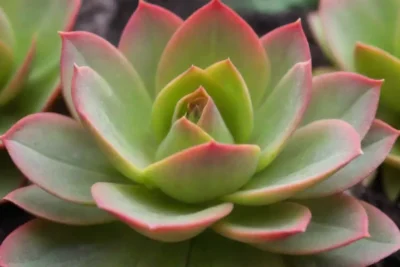


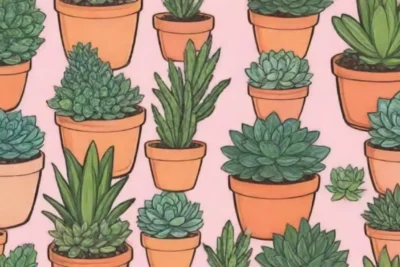
You Must Read